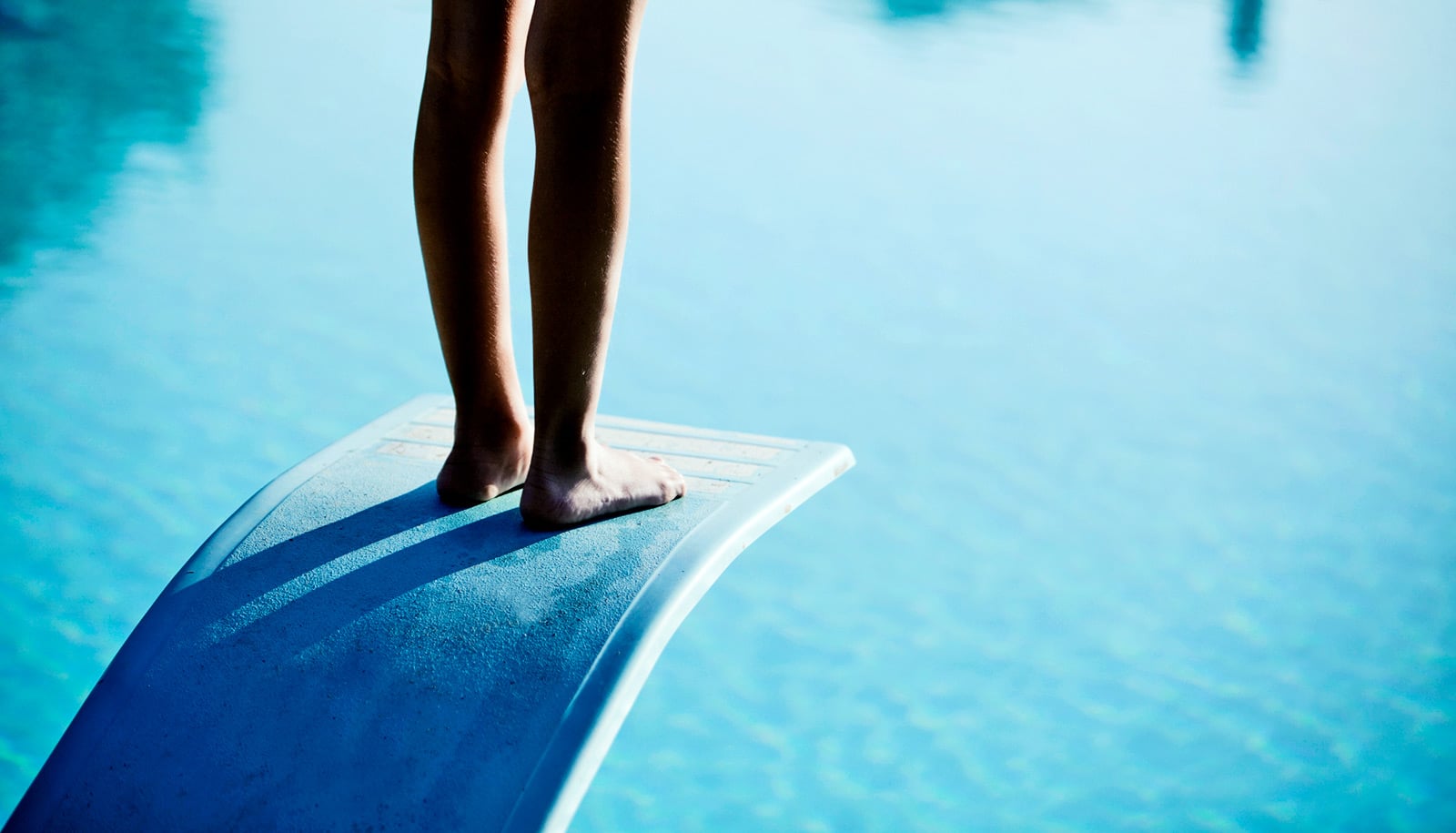Visualizing an action in the moments just before it takes place may influence learning, a new study suggests.
We’ve all heard the saying: “Practice makes perfect.”
But the new research into the neurological process of learning how to move suggests that it might be more accurate to say “mindful practice makes perfect.”
This may not sound revolutionary to anyone who’s ever shot a free throw like LeBron, or knocked a golf ball like Nicklaus. Star athletes understand that visualizing the shot is critical to perfecting it.
Neurologically speaking, however, this new understanding completely upends the current theories of how the brain learns to move the body.
Visualizing an action ahead of time
“It turns out that the learning process in the brain is deeply interested in what happens before you make a movement—that’s why thinking about the movement you are about to make helps you learn,” says Saurabh Vyas, a doctoral candidate in bioengineering at Stanford University and coauthor of a study in Neuron that proposes this new theory.
Existing theories focus on the practice part—the repetition—not the preparation. In fact, prior to this study, neuroscientists had no reason to think this preparatory state played any part in learning, says senior author Krishna Shenoy, a professor of electrical engineering.
“We’re saying that preparation not only has something to do with learning, it might actually be one of the biggest parts of it,” he says.
To arrive at this new understanding, the researchers explored how monkeys learn a relatively simple motion: how to use a videogame joystick. In a series of experiments, they first trained the monkeys to use the joystick to direct a computer cursor toward a target on the screen. Then, the scientists altered how the joystick worked so that when the monkeys moved the joystick in the direction they thought was upward or leftward or rightward, the cursor moved in a different direction than expected. That is, the animals had to learn to move the joysticks anew to get the cursor to the target.
The scientists then gave the monkeys varying lengths of time to prepare—sometimes shorter, sometimes longer—when learning to move their joysticks according to these new rules. When given more time to prepare, the monkeys learned more quickly.
The researchers cross-checked their findings in another way, by intentionally interfering with the preparatory period. They did this by disrupting neural activity while the monkeys were preparing to get the cursor to the target. These disruptions did not affect the accuracy of the cursor movement that occurred during the disruption. Instead, the interference worsened the monkey’s performance on the next attempt.
Vyas uses an analogy to explain the significance of these findings. Imagine LeBron practicing free throws. He shoots the ball, and gets close, and his learning system uses the error to make some changes in the brain. But if his brain activity is disrupted during the planning period—or he doesn’t take an instant to previsualize the shot—his next attempt will not do as well because he wasn’t mindful enough during the critical, pre-movement period.
Errors and getting better
These findings significantly advance our understanding of the neurological underpinnings of learning. It has long been known that motor and other areas in the brain become active prior to movement. During this preparatory phase, brain activity reflects precise details of how the body should complete a movement.
More often than not, however, the body does not complete the movement as planned—that is, it makes errors. These errors are conveyed back to the brain, where the learning system performs a complex “update calculation” that improves the next attempt and learning occurs.
Prior neuroscientific theories had been predicated on the idea that this improvement calculation is based on what happened during the movement, not the preparatory activity. However, this new research causally demonstrates that information generated before the muscle movements occur influences the brain’s improvement calculation.
Consequently, giving the mind more time to prepare—more time to visualize the task at hand—substantially improves learning. From a purely practical standpoint, the findings could reshape how athletes, artists, musicians or anyone who moves their body gets better at what they do.
“If I’m trying to learn a new motor skill, maybe this means that instead of absentmindedly practicing the task over and over, that I concentrate on planning really hard before each attempt,” Vyas says.
Ultimately, Shenoy and Vyas hope to apply this new understanding to their specialty: developing prosthetic devices that patients control via chips implanted in the brain that transform their thoughts into movement.
“The more we understand about how the brain learns new motor skills and performs movement calculations, the more lifelike and realistic we can make thought-controlled prosthetics,” Shenoy says.
Source: Stanford University


